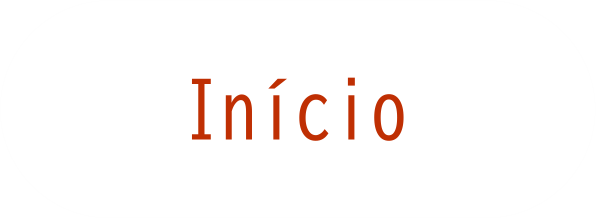Two patients with acute Guillain-Barré syndrome treated with different apheresis methods
Autor(es): Uetakagaito M,Horikawa H,Yoshinaka H,Tagawa Y,Yuki N
Resumo: We treated 2 patients with severe acute Guillain-Barré syndrome (GBS) with different apheresis methods. Sera from these patients in the acute phase contained a high titer of immunoglobulin (Ig)G anti-GM1 ganglioside antibody. One was a 57-year-old female treated with immunoadsorption (IA). IgG anti-GM1 antibody titer was reduced from 1:102,400 to 1:6,400 measured by ELISA after 1 month. However, her residual deficit was severe. The other patient was a 43-year-old male treated with plasma exchange (PE). IgG anti-GM1 antibody was reduced from 1:3,200 to 1:400 after 1 session of PE. After 1 month, he could walk independently. The better prognosis of the latter was possibly because of the patient's younger age and the plasma exchange that might have reduced such pathogenic factors as antiganglioside antibodies at the early stage of GBS.
Palavras-Chave: Guillain Barre syndrome; Polyneuropathy; Immunoabsorption; Antiganglioside antibody; Plasma exchange
Imprenta: Therapeutic Apheresis, v. 1, n. 4, p. 340-342, 1997
Identificador do Objeto Digital: 10.1111/j.1744-9987.1997.tb00051.x
Descritores: Guillain-Barre Syndrome - Pathogenesis ; Guillain-Barre Syndrome - Proteins ; Guillain-Barre Syndrome - Antibodies ; Guillain-Barre Syndrome - Immunology
Data de Publicação: 1997








